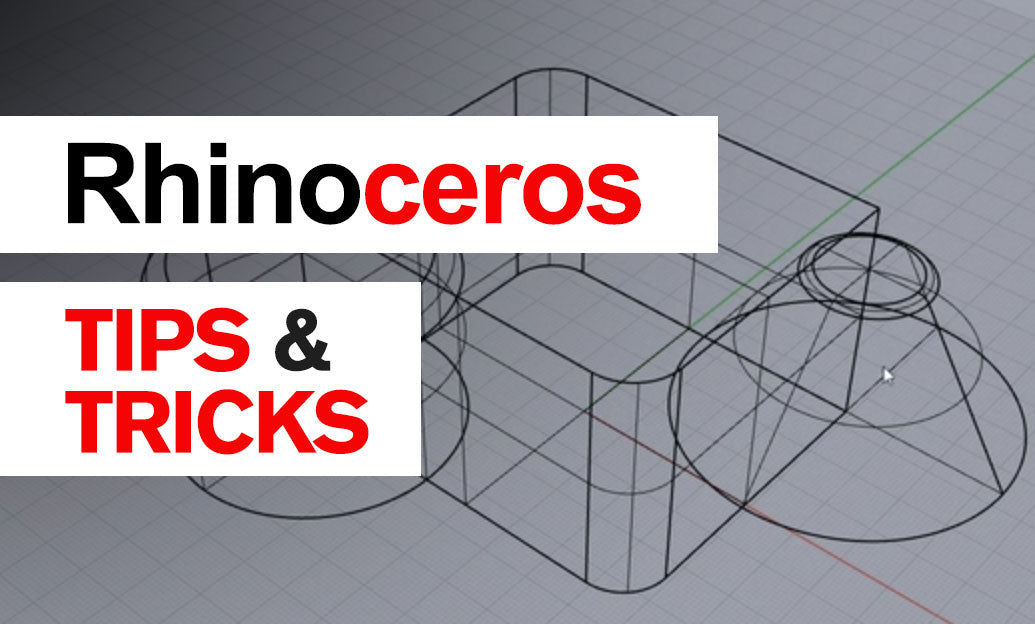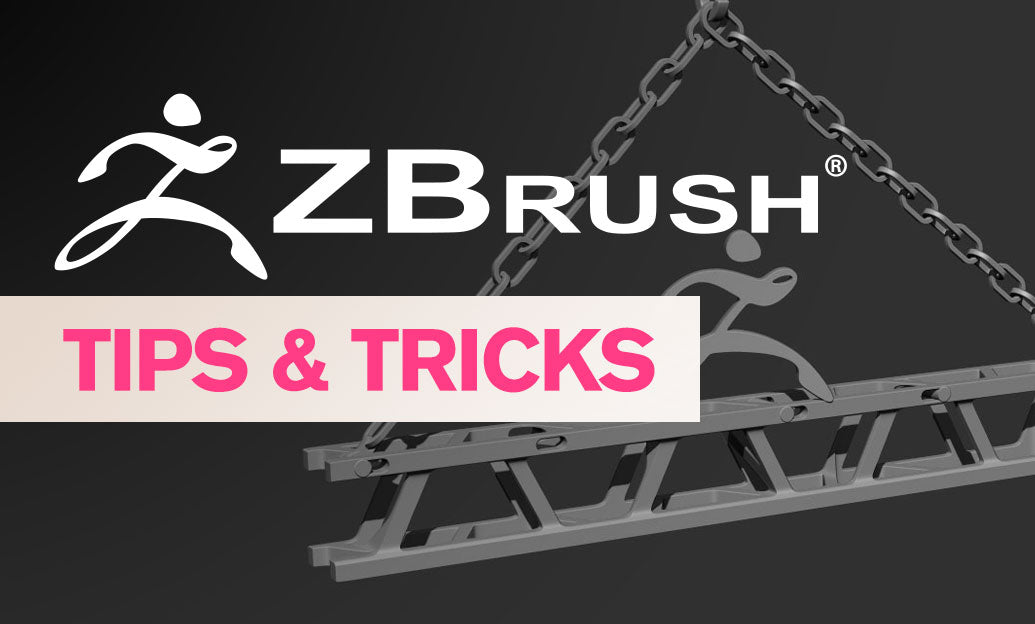Your Cart is Empty
Customer Testimonials
-
"Great customer service. The folks at Novedge were super helpful in navigating a somewhat complicated order including software upgrades and serial numbers in various stages of inactivity. They were friendly and helpful throughout the process.."
Ruben Ruckmark
"Quick & very helpful. We have been using Novedge for years and are very happy with their quick service when we need to make a purchase and excellent support resolving any issues."
Will Woodson
"Scott is the best. He reminds me about subscriptions dates, guides me in the correct direction for updates. He always responds promptly to me. He is literally the reason I continue to work with Novedge and will do so in the future."
Edward Mchugh
"Calvin Lok is “the man”. After my purchase of Sketchup 2021, he called me and provided step-by-step instructions to ease me through difficulties I was having with the setup of my new software."
Mike Borzage
Rhino 3D Tip: Optimizing Workflow with Custom Viewport Configurations in Rhino 3D
April 30, 2025 2 min read

Custom viewport configurations in Rhino 3D Software can significantly enhance your modeling workflow by providing tailored views that suit your specific project needs. Here's how you can create and manage custom viewport configurations to streamline your design process:
Why Customize Viewports?
Customizing viewports allows you to:
- Focus on specific parts of your model more effectively.
- Optimize your workspace for different stages of the design process.
- Improve visualization and presentations by arranging views strategically.
Steps to Create Custom Viewport Configurations
- Access Viewport Layouts: Navigate to the View menu and select Viewport Layout. Choose from predefined layouts or opt to create a new one.
- Create a New Floating Viewport: Select New Floating Viewport to open an additional viewport window. This window can be resized and placed anywhere on your screen.
- Arrange Viewports: Click and drag the viewport borders to adjust their sizes. You can create a custom arrangement that fits your workflow preferences.
- Set Custom Views: In each viewport, set the desired view (e.g., Top, Front, Right, Perspective) by clicking on the viewport title and selecting from the drop-down menu.
- Apply Display Modes: Right-click on the viewport title to choose a display mode such as Wireframe, Shaded, or Rendered. Applying different display modes can help you focus on various aspects of your model.
- Save Your Configuration: Once satisfied with your custom layout, save it by going to Tools > Named Viewport Configurations. Click on Save As, give your configuration a name, and save it for future use.
- Restore Configurations: To load a saved configuration, return to the Named Viewport Configurations panel, select your saved setup, and click Restore.
Additional Tips
- Use Multiple Monitors: Extend your workspace by moving floating viewports to a second monitor, allowing for more screen space and better organization.
- Keyboard Shortcuts: Assign custom keyboard shortcuts to quickly switch between viewport configurations using the Tools > Options > Keyboard settings.
- Customize Display Modes: Create custom display modes via Tools > Options > View > Display Modes to suit specific visualization needs.
- Leverage Named Views: Save specific camera angles and positions using Named Views for easy navigation between critical perspectives.
By creating custom viewport configurations, you optimize Rhino 3D to work more efficiently, align with your design process, and enhance your overall productivity.
For more expert tips on maximizing your Rhino 3D experience, visit NOVEDGE, your trusted source for professional 3D software and resources.
You can find all the Rhino products on the NOVEDGE web site at this page.
Also in Design News

Driving the Future: AI-Enhanced CAD for Automated Design Optimization
May 09, 2025 8 min read
Read More
ZBrush Tip: Maximize Your ZBrush Workflow with Advanced PolyPaint Techniques
May 09, 2025 2 min read
Read MoreSubscribe
Sign up to get the latest on sales, new releases and more …



